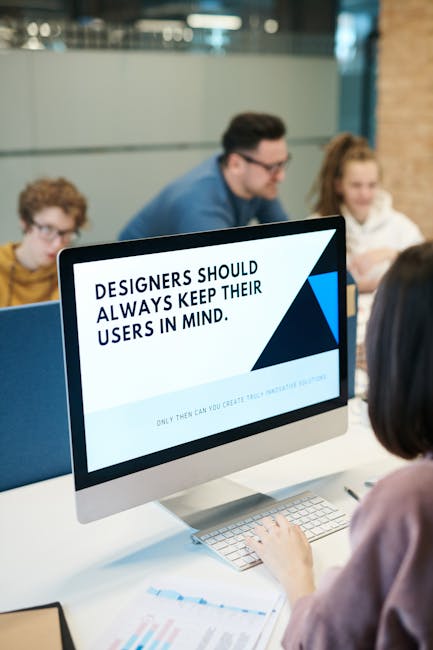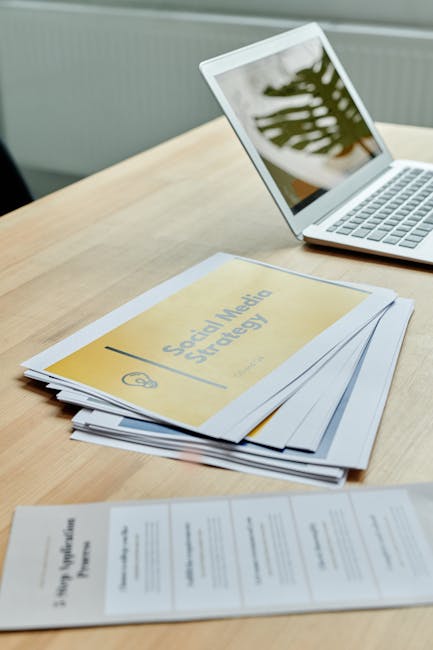
Successful digital ad campaigns demand razor-sharp visuals, cohesive messaging, and—most importantly—a seamless partnership between designers and marketers. Yet, too often, creative teams fall into a cycle of miscommunication, tedious manual tasks, and late-stage chaos. At SizeIM, after two decades working with agencies, brands, and in-house teams, we know the real difference-maker isn’t just talent—it’s process. Here’s how we build, maintain, and scale creative collaboration so campaigns thrive from the very first brainstorm to the final banner ad.

Why Creative Collaboration is the Backbone of Modern Ad Campaigns
Designers and marketers each bring crucial expertise: marketers understand audiences, channels, and campaign objectives, while designers evoke emotion and drive engagement through visual storytelling. For campaigns to perform, silos—and egos—must drop. When these functions operate in sync, the outcome is greater than the sum of its parts: messaging lands, brands stand out, and both time and money are saved.
Biggest Roadblocks to Collaboration (and How to Clear Them)
- Disjointed Processes: Marketers and designers using different tools, workflows, or terminology often leads to misalignment and wasted effort.
- Communication Gaps: Vague briefs or unclear feedback force teams into a frustrating back-and-forth instead of rapid iteration.
- Manual Adjustment Burnout: When each ad creative for every size or network must be tweaked by hand, consistency suffers and deadlines slip.
- Brand Inconsistency: Without shared, accessible assets and guidelines, brands risk inconsistent representation and message dilution.
- Slow Turnaround: Excessive rounds of approval and manual revisions slow down the campaign momentum, draining energy and ROI.
A Proven Framework for Effortless Creative Collaboration
Drawing from years of real-world experience, we’ve refined a system that helps creative and marketing teams operate as a unit—reducing friction, maximizing speed, and ensuring every ad is on-brand.
1. Integrate Teams Early in the Campaign Lifecycle
Invite designers into strategy discussions, not just after the brief lands. Marketers bring market and audience insights; designers bring creative ideation. Getting designers involved at the campaign’s inception pays off in asset relevance and creative feasibility.

2. Craft Creative Briefs as Shared Blueprints
A great brief is a bridge, not a boundary. Make yours visual and detailed: include KPIs, campaign goals, brand guidelines, audience personas, example visuals, and clear calls-to-action. Use mood boards or reference ads to give designers an instinctive feel for what you’re after.
- Document the desired voice, tone, and emotion.
- Call out branding must-haves (logo use, color, etc).
- Clarify the non-negotiables—what should never change?
3. Set a Predictable Feedback & Review Cadence
No one likes chaotic feedback cycles. Set expectations from the outset:
- Schedule regular check-ins—weekly or biweekly sessions work well for most teams.
- Route all feedback through a shared channel (collaboration boards, annotated exports, or your ad design platform’s comment tools).
- Define a set number of revision rounds and stick to them to avoid scope creep.
- Frame critiques constructively: start with what’s working, then specify actionable improvements tied to objectives.

4. Build Empathy and Knowledge Across Teams
Marketers benefit from understanding the creative process, and designers are more effective when they grasp campaign metrics and customer pain points. Encourage:
- Job shadowing or attending each other’s meetings for a project.
- Reviewing campaign performance data together—what worked and what didn’t?
- Cross-functional brainstorming to encourage diverse ideas and solutions.
5. Centralize Brand Assets and Guidelines
Centralization eliminates versioning problems and accidental missteps:
- Use a shared platform to store logos, color hex codes, templates, imagery, and copy. SizeIM’s Brand Kit Management feature is designed specifically for this.
- Tag assets by usage (display, social, remarketing) and campaign cycle.
- Update assets in real time, reducing confusion and ensuring everyone has the latest materials.

6. Automate the Tedious—Design Once, Deploy Everywhere
Manually resizing each ad for every network or device eats precious creative time and introduces inconsistency. That’s why we built SizeIM to fundamentally reshape this stage:
- Start with a single approved design. Our system auto-generates all required ad variations—inline rectangle, leaderboard, mobile banners, skyscrapers, and more—in seconds.
- Templates keep the brand colors, logos, and CTAs perfectly aligned regardless of the size or aspect ratio.
- Designers regain hours per campaign, freeing up time for creative problem-solving instead of mindless adjustment.
- Marketers launch across multiple networks at once, knowing every asset meets the brief and guidelines.
Collaborative Workflow Best Practices (from The SizeIM Experience)
- Start every project with a shared template library. Standardize on a set of core templates to reduce debate and keep visuals consistent.
- Direct all feedback within the ad design tool. Centralized comments and approval flows make it easy to track revisions and user input.
- Assign roles and responsibilities. SizeIM lets you manage access levels for designers, brand managers, and marketing leads so everyone works from the right version.
- Measure workflow efficiency post-launch. Look not just at campaign performance, but at process KPIs: time saved, rounds of revision, and error rates.
Unlocking the Benefits: What Streamlined Collaboration Actually Achieves
- Faster turnarounds: Campaigns launch quicker, capitalizing on fleeting marketing opportunities.
- Higher quality creative: Freed from repetitive grunt work, designers focus on innovation and user impact.
- Enhanced brand safety: Brand kits and template-based design all but eliminate off-brand mistakes.
- Greater reach and agility: Seamless, on-the-fly adaptation lets marketing try new networks or formats instantly, not weeks later.
- Scalable processes: Agencies and teams can handle more projects and clients without ballooning costs or timelines.

Conclusion: A New Era for Creative and Marketing Teams
In a landscape where every pixel and every second count, creative collaboration can’t be left to chance. At SizeIM, we believe high-performing campaigns come from intentionally designed workflows—bridging strategy and execution, harnessing the right tools, and making it effortless for your team to deliver their best work together. The hours your designers save with automation will translate directly into stronger concepts and better results, letting both marketers and designers focus on what matters most: achieving campaign goals and building standout brand experiences.
Ready to see how this looks in practice? Try SizeIM for free and transform the way your team collaborates on digital ad campaigns.
